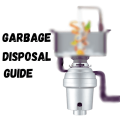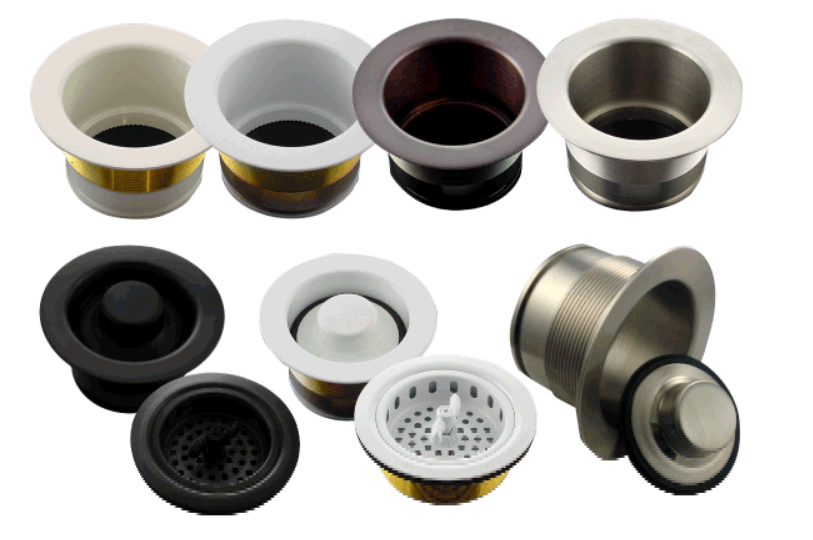
Credit: www.amazon.com
What is a Sink Flange?
A sink flange is a crucial part of your kitchen sink. It connects the sink to the drain pipe. This small part ensures water flows smoothly. Without it, your sink would leak.
Why is a Sink Flange Important?
A sink flange prevents leaks. It keeps your kitchen clean and dry. It also supports the garbage disposal unit. This makes it essential for every kitchen sink.
Types of Sink Flanges
There are different types of sink flanges. Each type has its own use. Let’s explore them.
- Standard Sink Flange: This is the most common type. It fits most kitchen sinks.
- Extended Sink Flange: This flange is used for thick sinks. It is longer than the standard flange.
- Universal Sink Flange: This flange fits all types of sinks. It is adjustable.
- Disposal Flange: This flange is used with garbage disposals. It is very strong and durable.
Materials Used for Sink Flanges
Sink flanges are made from different materials. Each material has its own benefits.
| Material | Benefits |
|---|---|
| Stainless Steel | Rust-resistant, durable, and easy to clean. |
| Brass | Strong, durable, and has a classic look. |
| Plastic | Lightweight, affordable, and easy to install. |
How to Install a Sink Flange
Installing a sink flange is easy. Follow these steps to install it yourself.
- Turn off the water supply.
- Remove the old sink flange if there is one.
- Clean the sink hole thoroughly.
- Apply plumber’s putty around the new flange.
- Place the flange into the sink hole.
- Under the sink, attach the mounting ring.
- Tighten the screws to secure the flange.
- Connect the drain pipe to the flange.
- Turn on the water and check for leaks.
Common Issues with Sink Flanges
Sometimes, sink flanges can have problems. Here are some common issues and how to fix them.
- Leakage: This can happen if the flange is not sealed properly. Apply more plumber’s putty and tighten the screws.
- Rusting: This happens with metal flanges. Clean the rust and apply a rust-resistant coating.
- Loose Flange: Tighten the screws under the sink. Make sure the mounting ring is secure.

Credit: diy.stackexchange.com
Maintaining Your Sink Flange
Proper maintenance keeps your sink flange in good condition. Follow these tips to maintain it.
- Clean the flange regularly with soap and water.
- Check for leaks and tighten screws if needed.
- Apply rust-resistant coating to metal flanges.
- Replace the flange if it is damaged.
Frequently Asked Questions
What Is A Sink Flange?
A sink flange is a circular metal ring connecting the sink drain to the plumbing.
How Do I Install A Sink Flange?
Insert the flange into the sink drain and secure it with plumber’s putty.
Can I Replace A Sink Flange Myself?
Yes, replacing a sink flange is a simple DIY task requiring basic tools.
What Materials Are Sink Flanges Made From?
Sink flanges are typically made from stainless steel or brass for durability.
Conclusion
A sink flange is a vital part of your kitchen sink. It prevents leaks and supports the garbage disposal. Knowing how to install and maintain it is important. Follow this guide to keep your sink flange in top condition.

